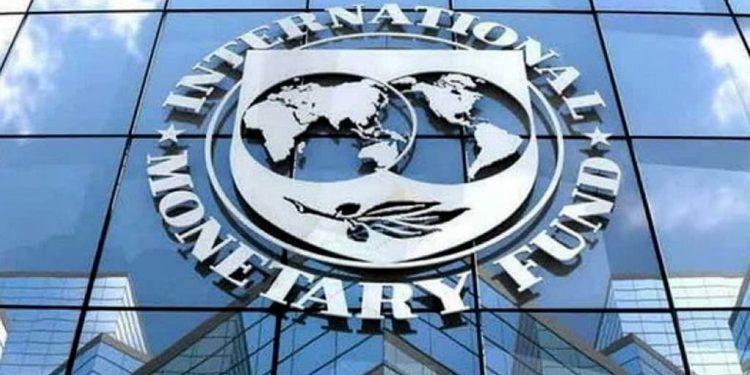The International Monetary Fund has issued a cautionary statement, showing the substantial effect of China’s Economic Slowdown affecting Sub-Saharan Africa’s Growth. According to the report titled ‘At a Crossroads: Sub-Saharan Africa’s Economic Relations with China’ by the international financial institution (IMF), a one percent reduction in China’s actual GDP growth rate translates to a 0.25 percent reduction in the overall GDP growth of Sub-Saharan Africa within a year.
Oil-exporting nations are expected to suffer these impacts the most. China’s economic slowdown emerge from factors like a downturn in the property market and the enduring effects of the COVID-19 pandemic. The annual growth will reduce to around 4% for the remainder of this decade, a notable drop from its pre-pandemic rate of 7%.
Why is Sub-Saharan Africa Vulnerable to China’s Economic Slowdown?
The IMF underscored the vulnerability of the region, particularly due to its reliance on exports, especially commodities like oil, in the face of China’s deceleration. While non-oil-exporting nations would also experience a growth slowdown, the impact would be relatively less severe, amounting to a 0.2 percentage point dip in GDP growth for every one percentage point reduction in China’s growth.
The IMF highlights the potential negative consequences of a prolonged slowdown in China’s growth for economic activities in sub-Saharan Africa. These negative spillovers would predominantly arise from trade links, encompassing reduced export volumes and declining commodity prices.
Moreover, the report underscores the diminishing trend in Chinese lending and direct investment in Sub-Saharan Africa since 2017. Thus, urging the region to proactively adapt to these shifts. Loan commitments, which surged from 0.2 percent of the region’s GDP in 2005 to a peak of 1.7 percent in 2016, have drastically contracted to about 4% of their peak value. Chinese lending in the region has drawn considerable criticism for imposing relatively stringent terms on debtors and leveraging natural resources as collateral.
Poor Loan Standardization and Transparency in China

Additional concerns revolve around the absence of standardized procedures and transparency in public debt, as Chinese lenders do not consistently document loans to individual foreign borrowers, resulting in significant data discrepancies.
China extends loans under concessional terms, making up less than 10 percent of Sub-Saharan Africa’s total bilateral loans from China by the close of 2020, as per the World Bank’s International Debt Statistics.
Presently, approximately 40 percent of the overall public debt owed to China is in Sub-Saharan African nations struggling with or facing high risks of debt distress. Specifically, five countries—Angola, Kenya, Zambia, Cameroon, and Nigeria. The countries rely on China’s resources—accounting for 55 percent of the official bilateral debt owed to China.
The report underscores a connection between bilateral trade prevalence and lending disbursements between China and the region’s countries, even after GDP adjustments.
China has played a pivotal role in recent debt restructurings and negotiations, contributing significantly to the Debt Service Suspension Initiative. Despite owning only 30 percent of the claims, it facilitated 63 percent of the suspensions in 2020 and 2021. Nonetheless, restructuring for certain countries has been sluggish due to diverse debt instruments. Also affected by a varied creditor base, necessitating adaptation and coordination.
Reduced Gross Revenues Leading to China’s Economic Slowdown in Sub-Saharan Africa’s Growth
There’s a major decline in the gross revenues of Chinese companies engaged in African construction. It has increased by 30 percent from the peak of $53 billion in 2015, according to data from the China-Africa Research Initiative. The IMF suggests a shift towards building intra-African trade and increasing investments in infrastructure and human capital.
Additionally, it highlights the issue of high-interest commercial borrowing, which constitutes roughly half of the region’s public debt. China’s share in Sub-Saharan Africa’s sovereign debt stands at six percent, mainly concentrated in Angola, Kenya, Zambia, Cameroon, and Nigeria. We wait and see the effects China’s Economic Slowdown Will have on Sub-Saharan Africa’s Growth in 2024. From the analysis of the business dynamics, China’s Economic Slowdown Will Affect Sub-Saharan Africa’s Growth.



